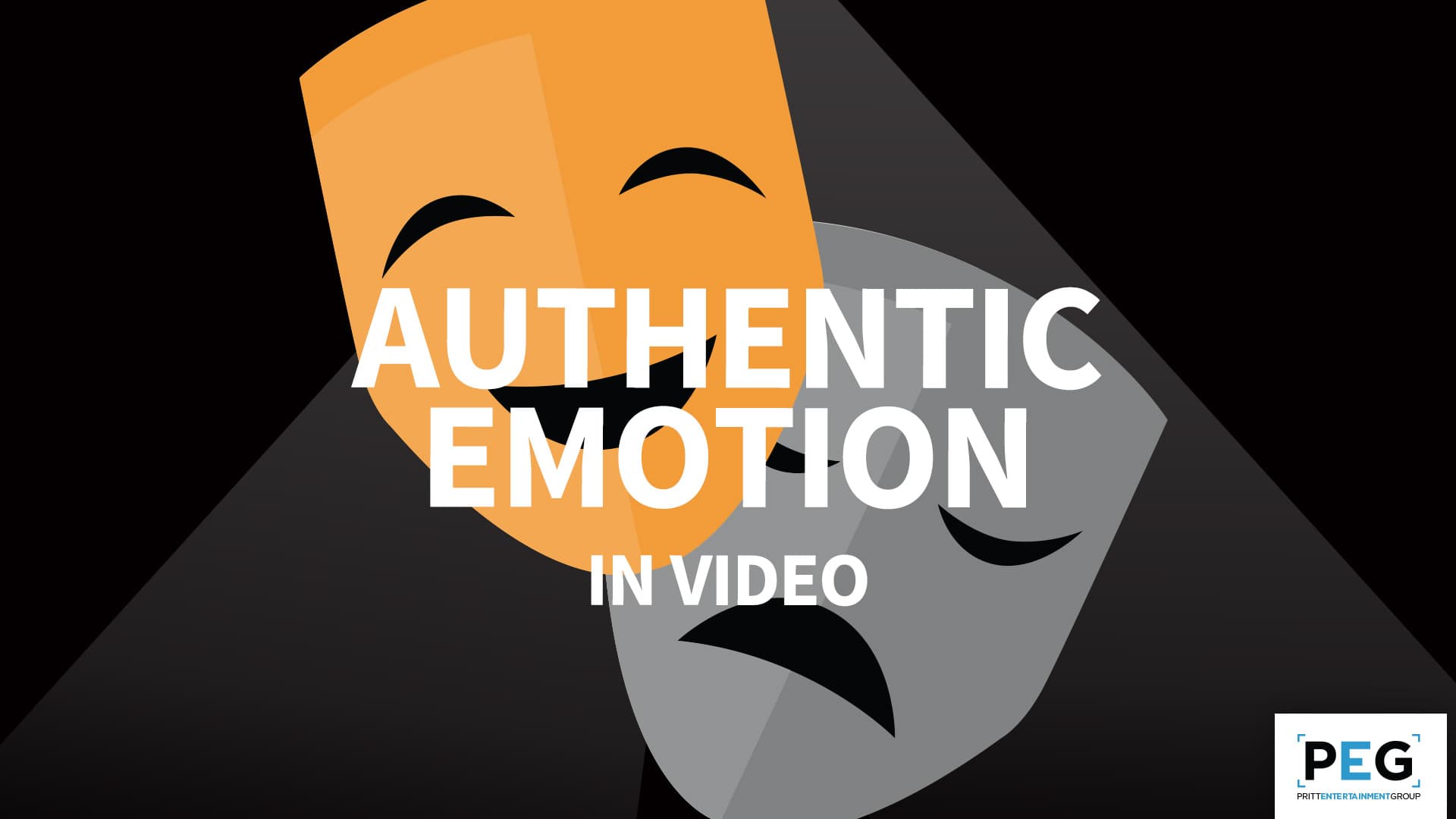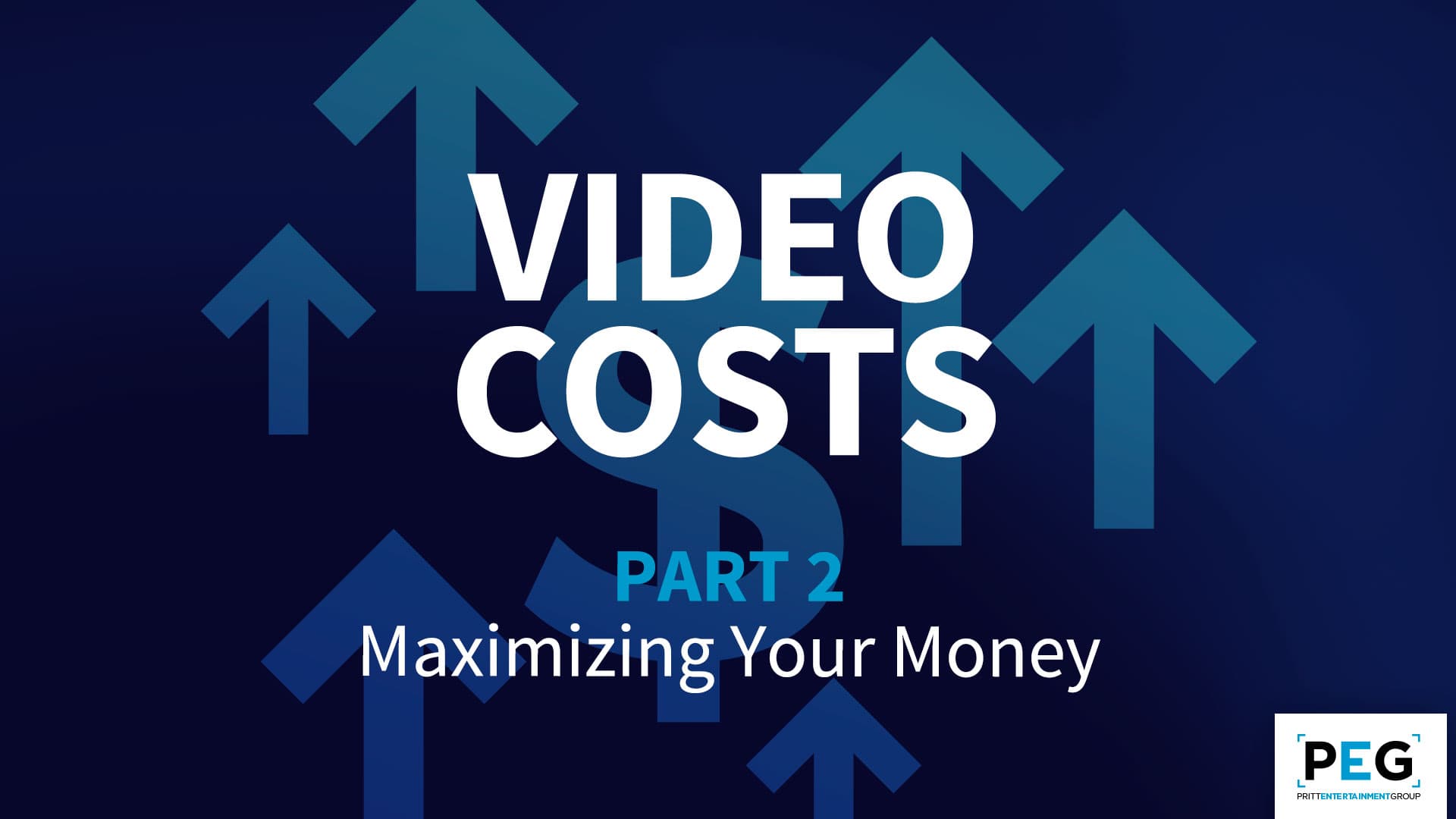Myth Busting: Five Video Editing Myths
Just the words - “video editing” - probably bring to mind some specific mental images about the work and those that do it. Maybe things you saw in a movie or television show. A lone person in a dark room, with computer monitors everywhere, working their magic late into the night! And, well, that isn't completely wrong. For those that don’t edit video, it’s understandable to think of the work tedious and complicated, or maybe even simple and boring. But for those who are editors, we know that we love what we do! Every day, there are new challenges to tackle, stories to tell and emotion to create. We don’t get overwhelmed by a perplexing subject, but we also don’t underestimate a simple edit. As simple as it might seem to cut clips together, there’s much more that exists underneath the edit. We’re here to break down some of the common misconceptions about it all and some of the things we often hear.
Video Editing Myth 1:
“Fix it in post”
While editors can be surgeons of footage - slicing through and then neatly putting back together - we are by no means miracle workers. There are only so many things we can do to hide imperfections, but the pre-production and filming phase can really determine how the edit goes. There are no editing effects that help with poor acting/delivery, missed focus, continuity mistakes, impersonal scripts, obscure compositions, and more. But luckily at PEG, we go out of our way to make sure we catch as many of those thing as possibly during re-production or on set. In fact, we all have stickers that say, “Fix It In Pre.” And it's a good motto. Whenever we are in the middle of a production and are tempted to think, “we can just fix it in post,” we remind ourselves it's worth a few minutes right then to potentially save a lot more time during the edit. (Not to mention, it usually make the shot more natural and credible.) In a field where time is money, we always try to save the editors the headache of fixing mistakes because of laziness and not spending a few extra minutes perfecting the shot. There’s also only so much we can do in certain situations. We can’t remove buildings or people that take up most of the shot, but we can patch out small objects or imperfections. Sometimes it can be a simple request and not take much time, and other times, it can be a close to impossible request or might take the project way out-of-scope. Now, of course, we will always give it our best effort, make our best recommendation and do everything we can to address the request in some sort of way. But the best way to avoid a potential post-production landmine is taking care of things during the pre-production and filming process.
Myth 2:
“I can just have my [insert family member] edit this”
Just knowing the technique of editing doesn’t mean anyone can tackle a complex product process video, a significant storytelling piece, or even an intricate beauty footage reel. Cutting good shots can only go so far. It is really important that the editor can truly grasp the subject they are working in. Because of the variety of industries we work in, we’ve experienced enough complicated subjects to know how best to assemble the footage that will explain the process in the simplest way possible, or tell the story in the most meaningful and concise way possible, or showcase the best composed shots in a non-repetitive and engaging manner. There are many unseen concepts that are at play underneath the cuts. We are paying attention to timing, pacing and how we build and retain interest. We are thinking about how to stimulate the viewer’s learning experience and understanding of the subject. We are guiding the viewer’s eyes through choice of composition so the cuts aren’t jarring. We never just take the footage, cut the best shots and put music to it. Every cut is intentional and essential to helping the viewer get the most out of their experience. A good edit will also not draw any attention to all the work that was done to the footage and music - it will just simply look and sound the best it can. We are masters of color correction - so that each cut feels cohesive, yet stylized. We are audio engineers - balancing audio, voice, music, and sound effects so the viewer feels like they are there. We are footage doctors - stabilizing shots, cleaning or hiding distractions, adding elements, lights, and objects that never existed in the shot. The best editors don’t reveal anything that distracts the viewers from the experience of watching a video because of imperfections in the visual or audio quality. It’s easy for the average viewer to underestimate the unseen elements that make a video great and effective.
Myth 3:
“Editors spend their work day sitting in silence for 8 hours in front of a computer”
Sure there are days where we need to hunker down for the day and really focus on the work that needs done for the day (which is why we have an excellent oasis for this in our private editing suite). But a good editor is far from an anti-social, “don’t bother me while I’m working,” eyes glued to the screen, automated robot. While we do tend to be a bit more introverted when working - a good editor is a listener, a question asker, someone who has empathy. Someone who knows how to tell a story, or make someone laugh, someone who seeks thrill, has energy, enjoys events, jumps into new experiences - all in order to translate that into real and authentic emotion in video. Editing isn’t a straight forward, hammer out commands on your keyboard and in a certain amount of hours the edit is done. Sometimes we get stuck on how best to handle a sequence. A lot of times, those answers come from stepping away from the computer, going for a walk, talking with a friend, recalling a memory, being out for fun - things that happen away from the computer and even away from work. We don’t want videos to feel like you're sitting there watching a video, we want videos to feel like you’re there. When you draw inspiration from real life, and how you perceive experiences or understand a subject, video edits are reflected from a recap of those observations. You can often tell how the personality of a video can match the personality of the individual editor. Openness, being a good listener, being a good communicator, experiencing life, all go very far in the way a video is told through the edits, pacing, music selection, visual style, and more.
Myth 4:
“Animated videos are cheaper/quicker than normally shot/edited videos”
Animated videos can be simple, clean, with few moving elements - all while being an incredibly successful piece. It’s easy to assume that kind of work is just as simple as the visuals. But even the most basic of animations can take more work than the average footage-based video. A simple and effective look just doesn’t form on its own, otherwise, anyone would be able to quickly whip that up. A graphic and text style that is both clean and engaging takes time, along with some trial and error, inspiration and many versions to conceive. That visual style has to get adapted across an entire script, over dozens of frames in a storyboard, and work in a non-repetitive and attention grabbing manner. Story arcs still need worked in. And we haven’t even begun animating yet! A character walking in a scene couldn’t be more simple of a thought, but more complicated of a process. While we certainly know how to do it and do it well, it takes time to deconstruct each part of the person, moving each limb separately, paying attention to physics, movement, all while making it look natural and fit the style of the video. Scenes, locations, interactions, all have their complexities, no matter how simple it may appear. That’s why, when weighing a shoot and edit, even if it seems like the complicated option, may be less time-consuming and more appropriate. However, sometimes animation is the best option and can really be a powerful tool when used correctly!
Myth 5:
“Creating three videos in a series will take 3x the amount of time and budget”
It’s very easy to think that if one video takes X amount of time, then three videos should be three times that amount of time and budget. But, just like many insurance companies say, when you bundle, you save. So much time in making a video is dedicated to conceiving ideas, creating brand elements, finding music, defining the style and pacing of the edit. When a video is part of a series, that work is already done and just needs to be adapted to the new subject. The same goes with shoots. We can be incredibly efficient in filming multiple episodes worth of content in the same day. So, instead of 3 separate days worth of shoots, we can sometimes get all episodes content covered in one day. And when things are filmed together, we are able to prepare the bundled footage a little faster. This includes the color correction, because the time of day and shoot environment are similar. Same with audio. We are also able to trim and categorize the footage quicker because it’s all from the same day and all worked on at one time. From there, we find efficiencies in consistencies. Creating multiple videos - which are based on that original video "template" will generally go faster than the first and have less edits if they are created after the first video is approved. These faster first cuts of subsequent videos means that they ultimately cost less to create and are usually well worth it once the upfront work as all be done! Editing is such a unique craft that can be both complex, yet simple, creative, yet linear, reserved, yet personable. But in any way, the myths about it can limit what can be done and achieved, so never be afraid to ask questions! Our team is always here to help explain the video production process and guide our clients every step of the way.




